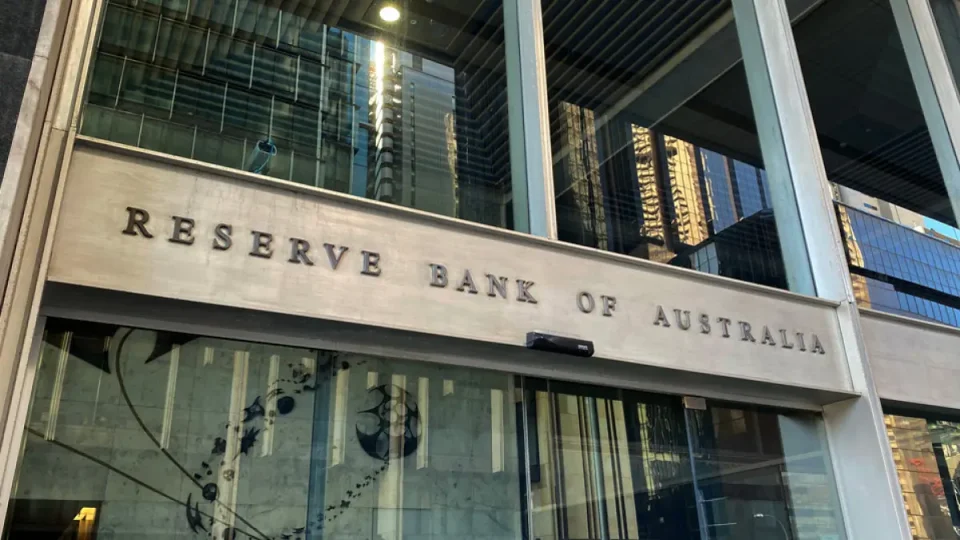The Reserve Bank of Australia (RBA) is set to extend a pause in interest-rate increases on Tuesday, citing a slowing in inflation, giving the board more time to assess the economic impact of its policy tightening thus far. Most economists and money market pricing predict that the central bank will keep its cash rate at 3.6% for the second month.
Australia is one of several Asia-Pacific countries, including South Korea and India, that have chosen to remain neutral. The region will likely benefit from a reopened Chinese economy, which is expected to drive future global growth.
In contrast, the Federal Reserve and the European Central Bank are expected to raise interest rates this week. The Fed will announce its decision on May 3, followed by the ECB the next day.
Governor Philip Lowe’s desire to maintain employment gains during the pandemic is a key reason for the divergence. Unlike many of his counterparts in the developed world, Lowe is willing to accept a “slightly slower return” of inflation to the RBA’s 2-3% target to ensure a soft landing for the economy.
The RBA’s preference for a soft landing implies lower risks of a crash in growth and labour markets, which would cause underlying inflation to slow.
The RBA claims that monetary policy in Australia is already restrictive, allowing it to monitor the fallout from its 3.5-point rate hikes since May 2022. Its tightening scale is significantly lower than the US’s 4.75 and New Zealand’s 5 points.
So far, Australia’s economy has absorbed the rate increases pretty well, with hiring continuing and unemployment hovering around a 50-year low. Job vacancies remain high, implying that the labour market will remain constrained for some time.
Business surveys show that the corporate sector remains resilient, while consumer spending has remained stable. It’s likely to be bolstered by signs that the housing market has already found a bottom. According to data released on Monday, home prices in Australia rose for the second month in April.
These are positive outcomes for Lowe; for some economists, they are compelling reasons to keep raising borrowing costs. There are other reasons to tighten even more.
Australia’s population growth rate has increased to around 2%, compared to a pre-pandemic average of 1.5%. This is already growing demand for housing, goods, and services.
According to the RBA’s April meeting minutes, the “sudden surge in population growth could be somewhat inflationary.”
On Tuesday, May 2, the board will be presented with the RBA staff’s quarterly update of economic forecasts, which are unlikely to show an early return of inflation to target, especially if policy remains unchanged for an extended period.
According to current projections, headline inflation will not reach the RBA’s target until mid-2025.
While the updated figures and commentary will be published in full in Friday’s Statement on Monetary Policy, Lowe is expected to elaborate on the bank’s thinking in an evening speech in Perth following Tuesday’s board meeting.
 Live
Live

